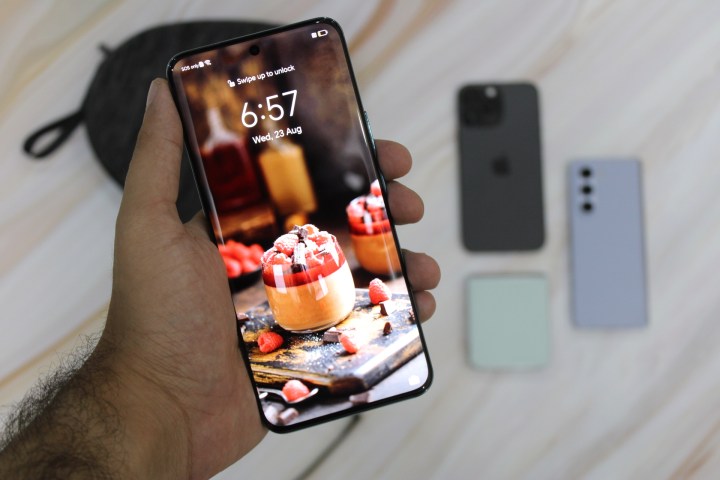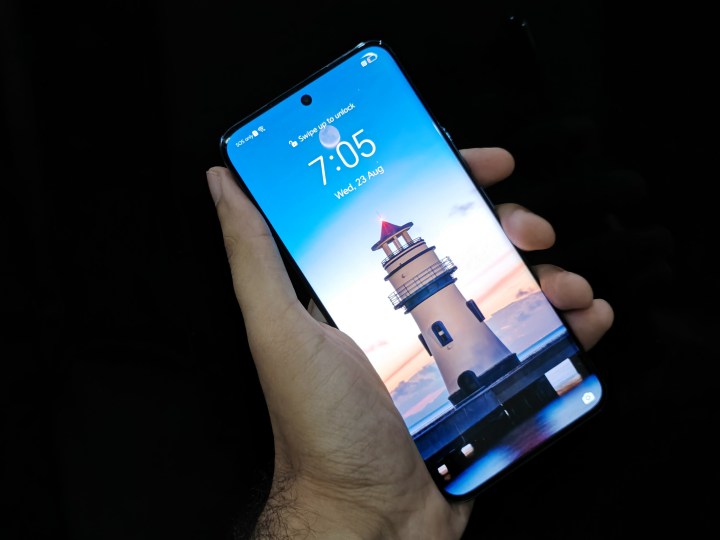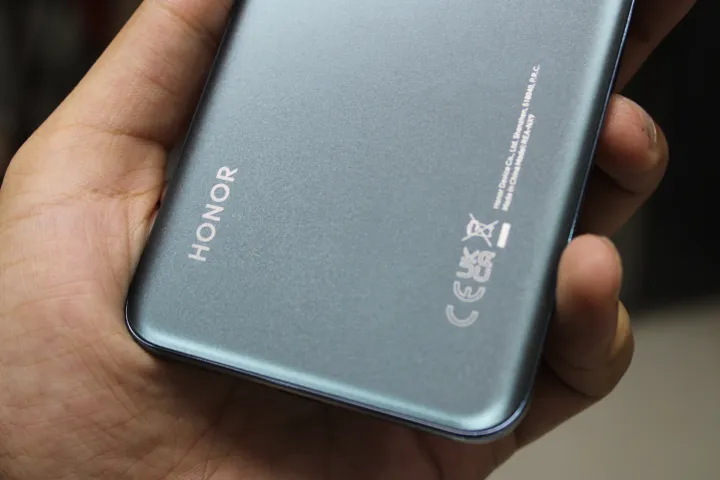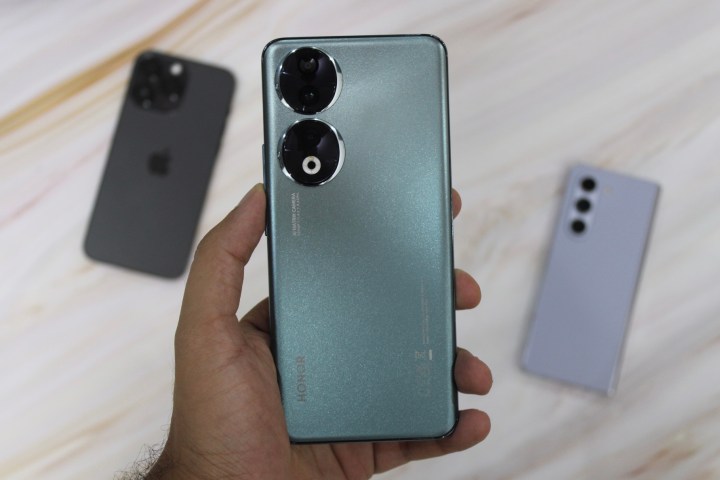
I find myself unable to use smartphones at night because they strain my eyes, which in turn causes headaches. If you are anything like me, you probably dislike having a smartphone screen in front of you in conditions when light is dim ot nonexistent. Or worse, you might have developed Pulse-Width Modulation (PWM) sensitivity, which can make you feel nauseous when using a phone at night. This is solved by the Honor 90.
I’m privileged to have multiple phones at my disposal, and the Honor 90 has become my go-to phone for nighttime reading and research because of its 3840Hz PWM display. But to understand the solution, we must first understand PWM dimming and its effects on human eyes.
What is PWM dimming, and how does the Honor 90 help?

All smartphone screens, whether LCD or OLED, are made up of small LEDs that turn on and off to allow you to view what’s on the display. Almost all flagship phones today feature OLED displays.
But LEDs work on digital signals, meaning that an LED can either be on (1) or off (0) – there is no intensity like analog signals between 0% and 100%. When you adjust screen brightness, the LEDs aren’t dimming or brightening, but the duration between the LEDs staying on and off is changing.
This process of rapid toggling of LEDs is called Pulse Width Modulation or PWM dimming. My friend Nicholas Sutrich, a PWM-sensitive person, did a deep dive on screen flickering over at Android Central, which I recommend you read.
If the flickering speed is high, it allows the human eye to perceive that the screen is on continuously. On the other hand, a low flicker rate strains the eyes, which can cause nausea and headache. Imagine a torch being rapidly turned on and off in a dark room – it’ll cause problems for your eyes. But if the toggle frequency is very high, it wouldn’t affect the brain as badly, and it’ll interpret the light as being constantly on.
The Honor 90 offers an extremely high PWM rate of 3,840Hz, which is almost 8x faster than the iPhone 14 Pro Max and up to 16x faster than the flagship Samsung Galaxy S23 Ultra or Samsung Galaxy Z Fold 5. As a result, I haven’t had a headache or felt the Honor 90 display straining my eyes in low brightness. The phone also has a Circadian Night Display feature that adjusts the screen’s brightness to match your circadian rhythms. These two features combine to offer a better visual experience than almost all other phones.
A solid Android phone across the board

The Honor 90 features a 6.7-inch OLED display with a 1200 x 2664 resolution and 120Hz refresh rate. It also supports HDR10+ media. I’ve had a positive experience watching content on Netflix, Amazon Prime, and YouTube. The screen is bright and vivid. And because of the quad-curve display, it feels like the bezels are minimal, making the viewing experience more enjoyable. It can go up to 1,600 nits in brightness, which is decent for legibility in direct sunlight.
I like Honor 90’s design because it is comfortable to hold and light on the wrist at 183 grams. The matte texture helps with the in-hand feel too. It’s got a gradient texture that makes the phone look good. My only complaint here is the lack of stereo speakers.

I’m not a fan of the two circular camera modules at the back, but I’m not complaining too much because they pack a 200MP primary camera, which offers large images that can be zoomed in while still retaining the details. It’s got good dynamic range and color output. Shots captured through the 12MP ultrawide lens look great in bright daylight. Like other ultrawide cameras on the market, the images from this one come out soft in lowlight conditions. There’s a 2MP depth sensor, which isn’t functional as a third camera, but might help with portraits. On the front lies a 50MP selfie shooter, which is pretty good.
The Honor 90 is powered by the Qualcomm Snapdragon 7 Gen 1 chip, paired with 8GB/12GB of RAM and 256GB or 512GB storage. It runs MagicOS 7.1, based on Android 13, which still feels a bit cluttered to me. In day-to-day use, I haven’t faced any lag or stutters in the UI. From app switching to multitasking, it’s been a smooth experience. It packs a 5,000mAh battery with support for 66-watt fast charging. It will last you an entire day with ease.
More of this, please

At 450 British pounds in the U.K., the Honor 90 is a solid midrange device. It’s got the best display in the segment, a comfortable-to-hold design, a good 200MP camera and performance, and an all-day battery life.
It’s hard to say if Honor’s laser focus on PWM dimming will inspire other companies to follow suit, but I certainly hope it does. It may not be the flashiest feature around, but it is one of the most important — and something Apple, Samsung, and other companies should be paying just as much attention to.
Editors' Recommendations
- Nomad’s new iPhone case and Apple Watch band may be its coolest yet
- iPhone 16: news, rumored price, release date, and more
- iPhone SE 4: news, rumored price, release date, and more
- Here’s how Apple could change your iPhone forever
- There’s a big problem with the iPhone’s Photos app




